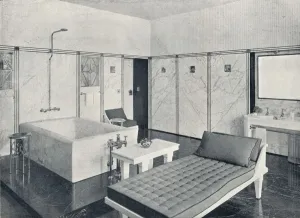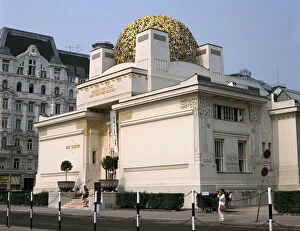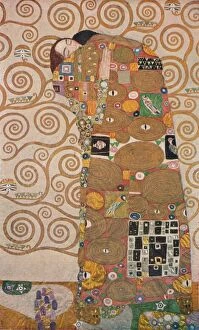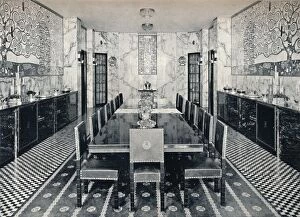Gustave Klimt Collection
Gustav Klimt: A Master of Beauty and Elegance Step into the captivating world of Gustav Klimt, an Austrian symbolist painter who left an indelible mark on the art world
All Professionally Made to Order for Quick Shipping
Gustav Klimt: A Master of Beauty and Elegance Step into the captivating world of Gustav Klimt, an Austrian symbolist painter who left an indelible mark on the art world. Known for his mesmerizing works that blend symbolism, sensuality, and opulence, Klimt's creations continue to enchant audiences worldwide. One of his most remarkable pieces is "The Bathroom of the Stoclet Palace, " located in Brussels, Belgium. Painted around 1914, this masterpiece showcases Klimt's ability to infuse everyday scenes with a touch of ethereal beauty. In "Portrait of a Bearded Man, " Klimt captures the essence and character of his subject with meticulous attention to detail. This striking piece offers a glimpse into the artist's skillful portrayal of human emotions. Klimt also explored themes related to motherhood and childhood in his work. "Baby (Cradle)" depicts tender moments between mother and child while highlighting the artist's signature use of gold leaf accents. His portraits are equally captivating; take for example "Serena Pulitzer Lederer. " Created in 1899, this portrait exudes elegance as it immortalizes its subject through delicate brushstrokes and rich colors. Another notable portrait is "Mada Primavesi, " which showcases both youthfulness and maturity simultaneously. Painted in 1912-13, this piece exemplifies Klimt's ability to capture inner beauty through exquisite details. Klimt was not only known for his paintings but also for architectural collaborations such as Unterach am Attersee in Upper Austria. Although created by an unknown architect around 1935, it reflects elements reminiscent of Klimt’s style - ornate patterns blending seamlessly with nature. The Secession Building in Vienna stands as a testament to Klimt’s influence on architecture during the Art Nouveau movement. Its distinctive golden dome and intricate ornamentation pay homage to Klimt's artistic vision.















